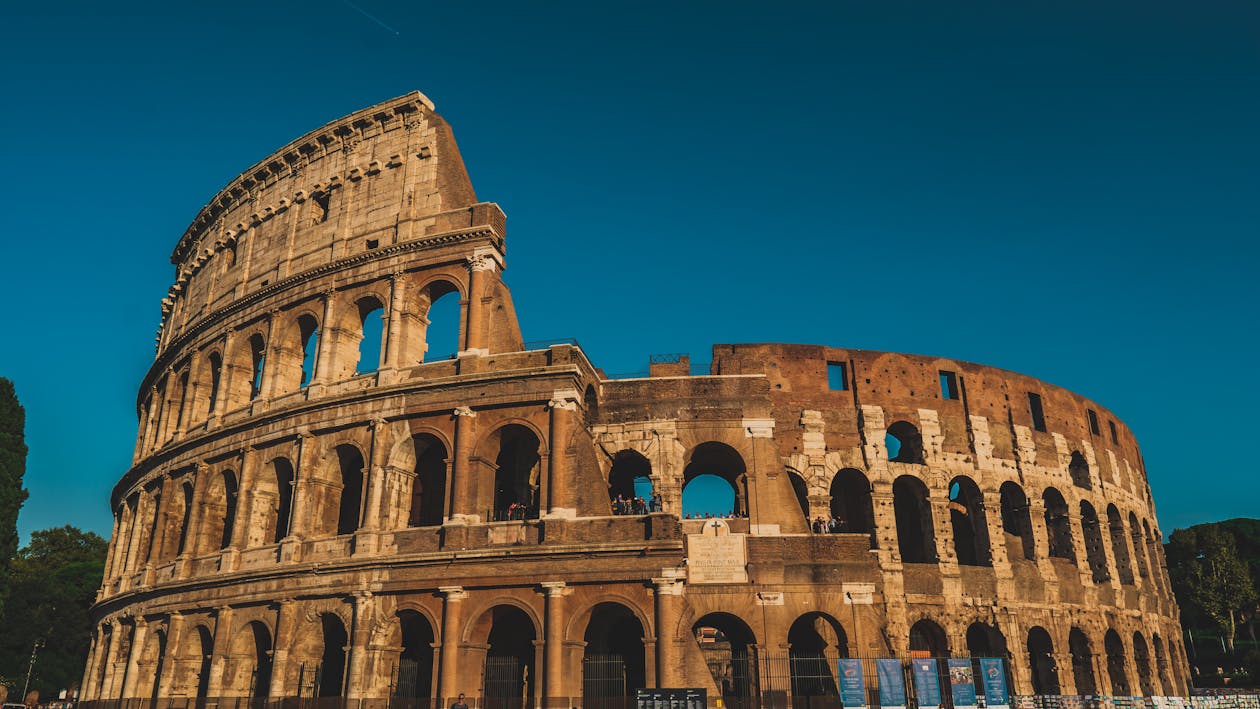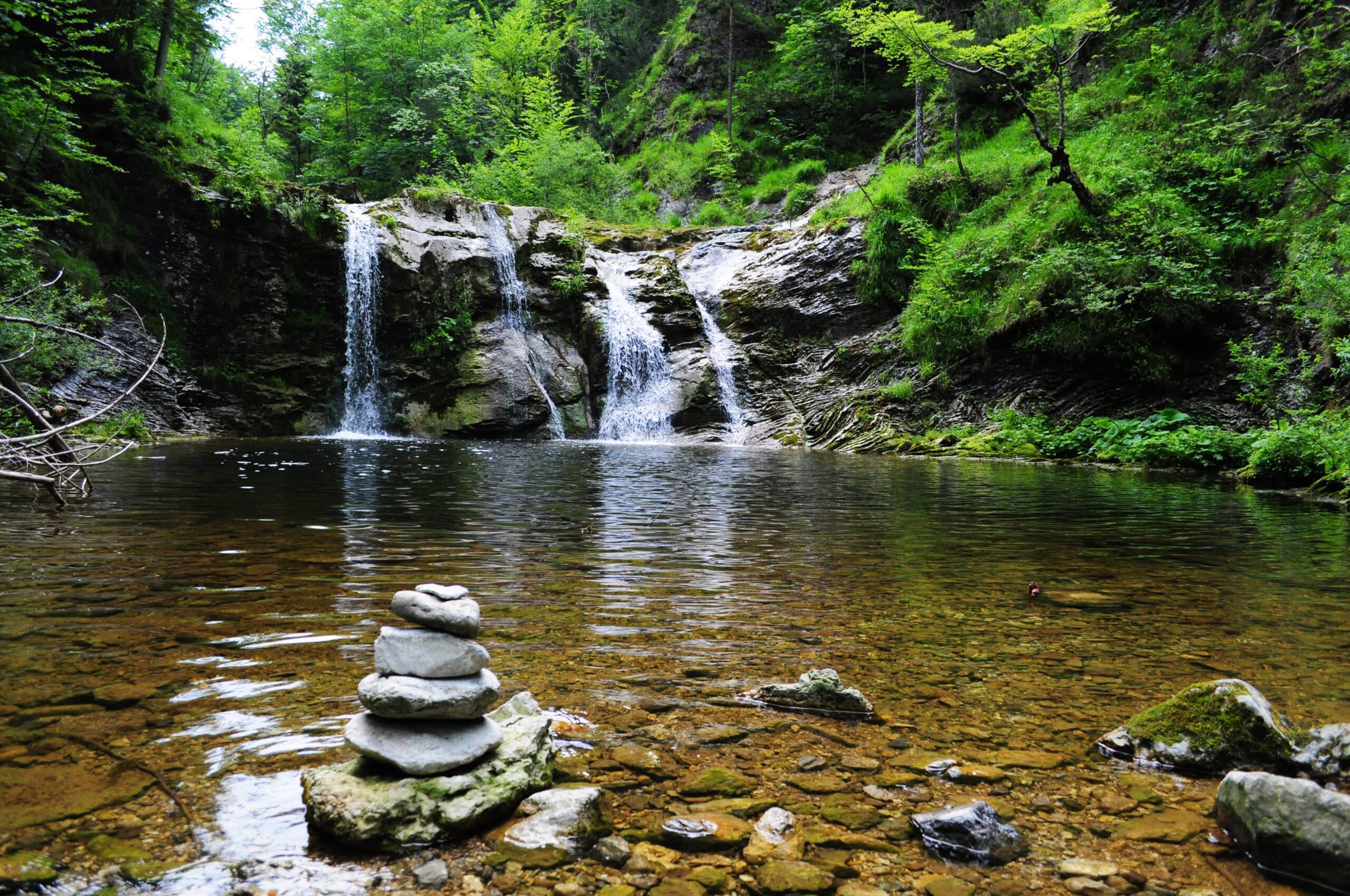Introduction
Nestled in the Trikuta Mountains, Vaishno Devi is a sacred pilgrimage site in the northern state of Jammu and Kashmir, India. The journey to Vaishno Devi is not just a physical one; it’s a spiritual odyssey that draws millions of devotees each year. For those planning to undertake this divine pilgrimage, exploring the Mata Vaishno Devi Yatra Package could enhance the experience. Let’s embark on a virtual tour of the popular places to visit in Vaishno Devi, exploring not just the religious aspects but also the natural beauty and cultural richness that surround this revered destination.
Vaishno Devi Temple
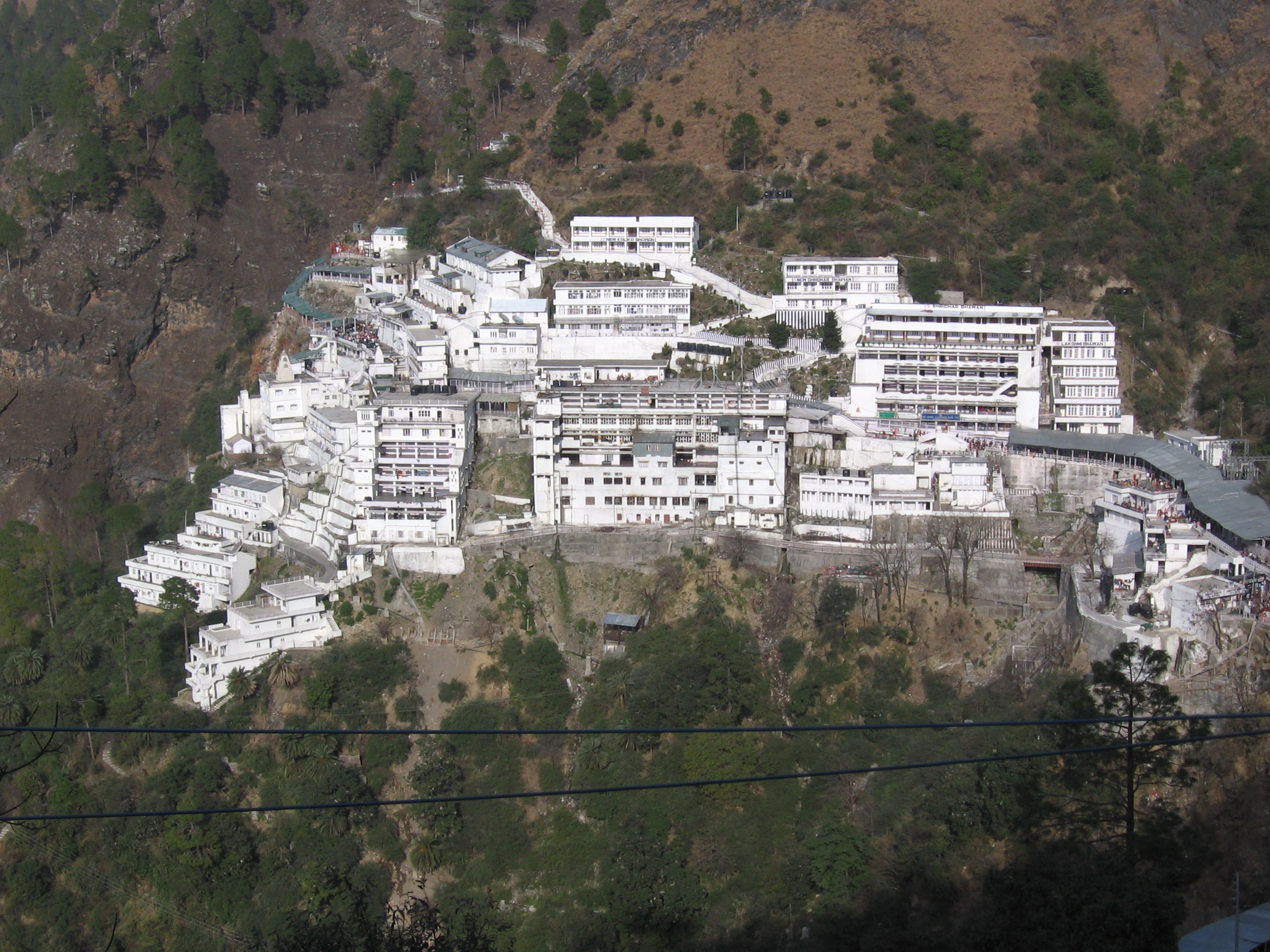
The Vaishno Devi Temple is the primary pilgrimage destination in the region, nestled in the Trikuta Mountains in the state of Jammu and Kashmir. Devotees flock to this sacred shrine dedicated to Goddess Vaishno Devi, an incarnation of the Hindu Goddess Mahalakshmi. The journey to the temple involves a trek of approximately 13.5 kilometers from Katra, a base camp for pilgrims. The temple is perched at an altitude of 5,300 feet and offers breathtaking views of the surrounding mountains.
Ardh Kuwari Cave
Located en route to Vaishno Devi Temple, the Ardh Kuwari Cave holds immense religious significance. Pilgrims believe that Goddess Vaishno Devi meditated in this cave for nine months. The cave is approximately five feet long, representing the womb where the goddess stayed. Devotees often pause here during their trek to pay homage to the divine energy that permeates the cave. The journey through Ardh Kuwari Cave is considered a part of the sacred pilgrimage, enhancing the spiritual experience for those seeking the blessings of the goddess.
Bhairon Temple
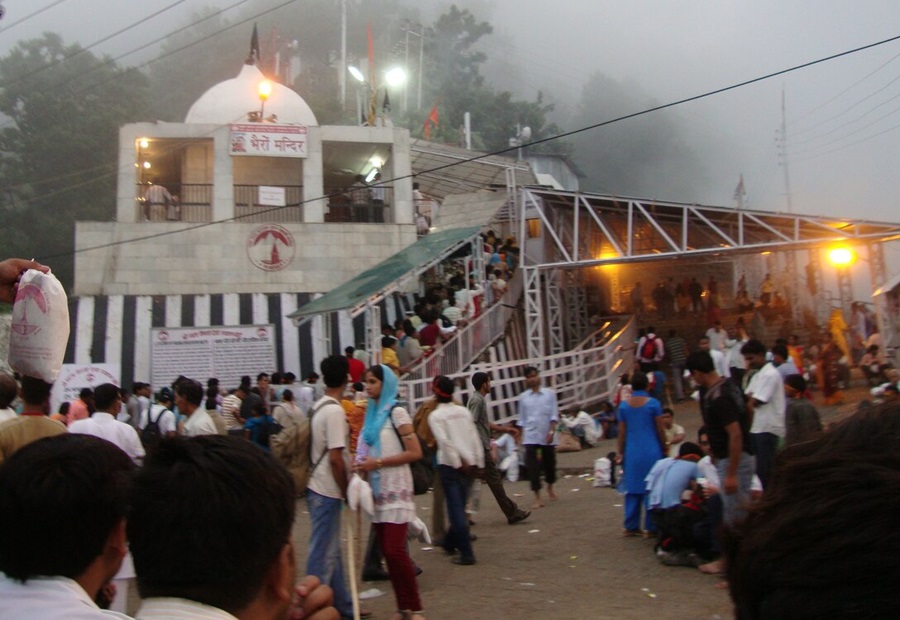
Situated atop a hill, the Bhairon Temple is another significant religious site near Vaishno Devi. Pilgrims often extend their journey to include a visit to this temple dedicated to Bhairon Nath, an incarnation of Lord Shiva. It is believed that the pilgrimage is incomplete without seeking the blessings of Bhairon, and devotees undertake an additional trek to reach the temple. The panoramic views from the temple provide a serene backdrop for spiritual reflection, making it a noteworthy stop for those on the Vaishno Devi pilgrimage.
Sanjichhat
Sanjichhat serves as a pivotal point during the trek to Vaishno Devi. It is located at a distance of approximately 9.5 kilometers from Katra and offers a picturesque landscape for pilgrims to rest and rejuvenate. Devotees often take a break here to soak in the natural beauty and seek refreshment before continuing their journey. The site is also known for its helipad, providing an alternative means of reaching Vaishno Devi for those unable to undertake the challenging trek.
Ban Ganga
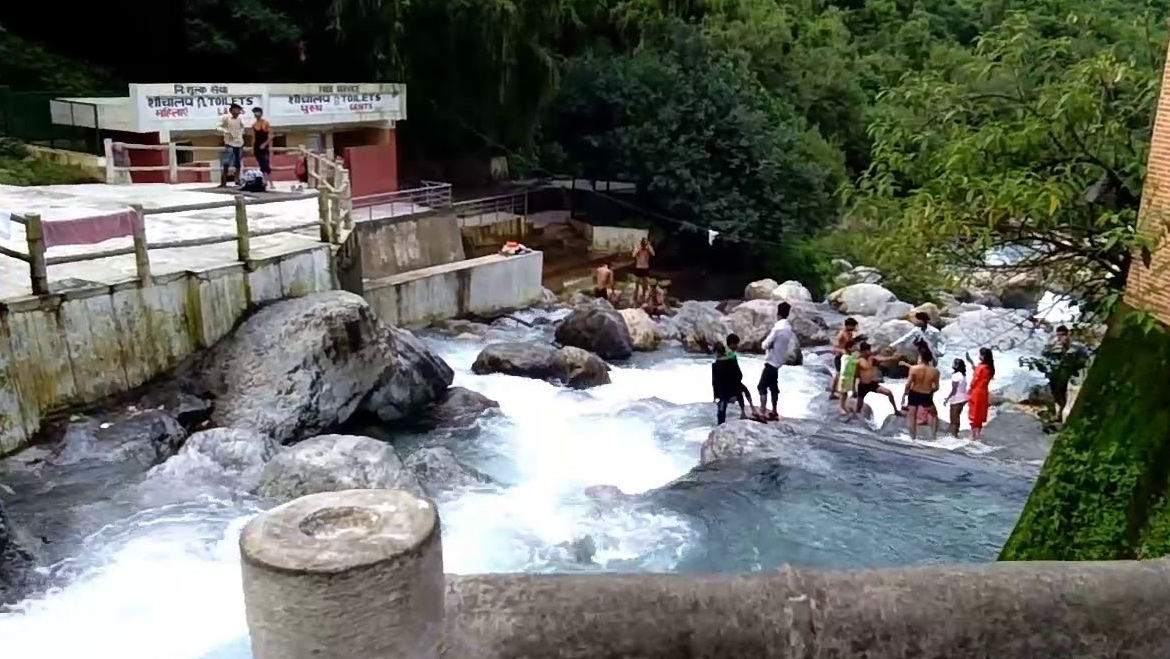
Situated at the commencement of the Vaishno Devi pilgrimage, Ban Ganga is a sacred site where the goddess is believed to have taken a bath. Pilgrims customarily halt here to take a dip in the holy waters, symbolizing a purification of the soul before embarking on the sacred journey. The area is also marked by a small temple dedicated to the goddess, enhancing the spiritual ambiance of this significant pilgrimage starting point.
Charan Paduka
About 2.5 kilometers from Banganga, Charan Paduka holds religious importance as it is believed to be the spot where the goddess left her footprints. Devotees consider it auspicious to touch these footprints and seek blessings for a safe and prosperous journey ahead. The trek to Charan Paduka is characterized by a challenging yet rewarding terrain, with the promise of divine energy infusing the entire pilgrimage experience.
Himkoti
Positioned around 2.5 kilometers from the main Bhawan, Himkoti is known for its captivating views of the surrounding mountains and valleys. Pilgrims often pause here to appreciate the natural beauty and find solace in the tranquil environment. The site is also home to a small temple dedicated to Goddess Vaishno Devi, adding to the spiritual aura of Himkoti. Many pilgrims choose to rest here, taking in the scenic surroundings before continuing their journey to the main temple.
Adkuwari
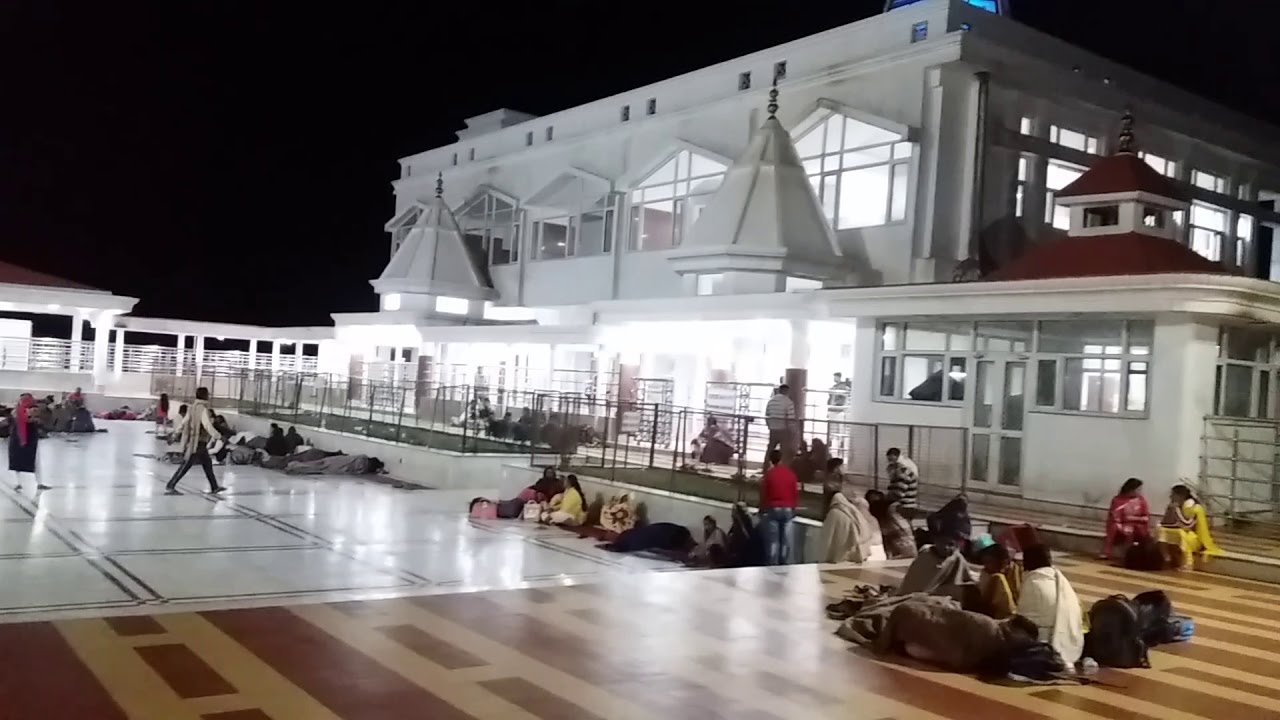
Adkuwari is a midway point on the trek to Vaishno Devi, situated approximately 6.5 kilometers from Katra. The highlight of this location is the Adkuwari Temple, a cave where Goddess Vaishno Devi is believed to have spent some time in meditation. Pilgrims often rest here, and the cave is a site of deep spiritual significance. The trek to Adkuwari involves navigating through a challenging yet enchanting terrain, providing pilgrims with a sense of accomplishment as they progress toward the main shrine.
Darshani Darwaza
As pilgrims approach the Vaishno Devi Temple, they pass through the Darshani Darwaza, a symbolic entrance that marks the threshold of the sacred journey. The term “Darshani” translates to ‘auspicious sight,’ and crossing this gate is believed to grant devotees a divine view of the holy cave. Pilgrims often pause here to absorb the spiritual significance before proceeding to the main temple. The Darshani Darwaza sets the tone for the profound experience that awaits, emphasizing the sacred nature of the pilgrimage.
Katra
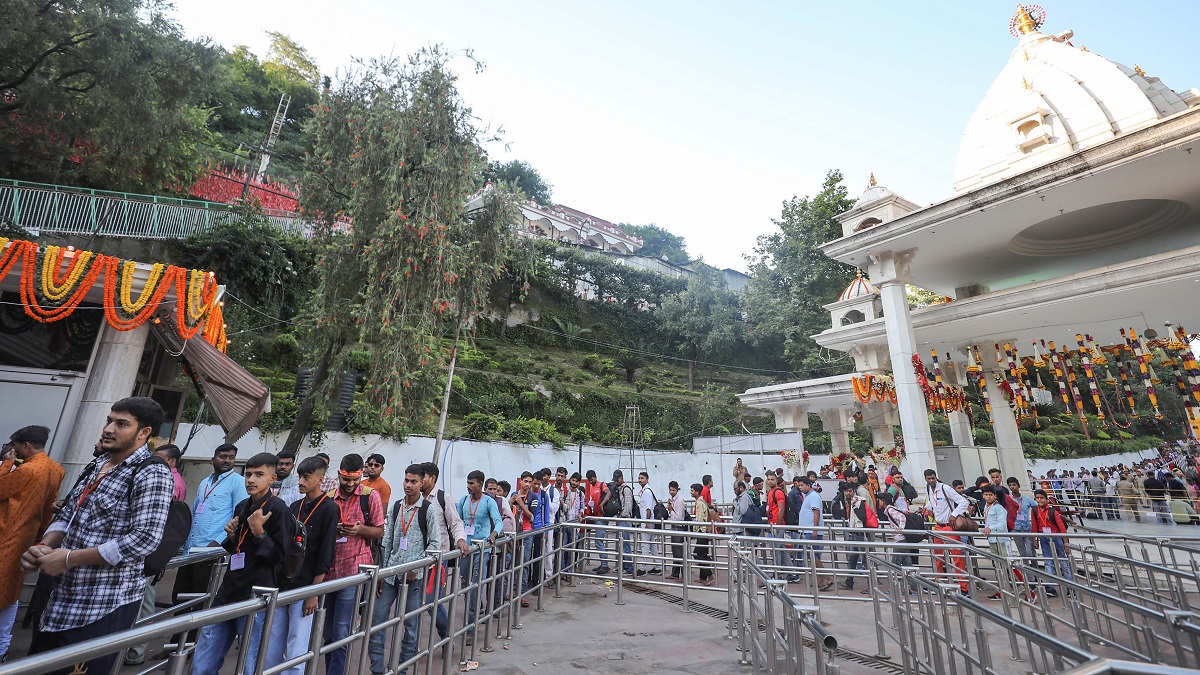
Serving as the base camp for the Vaishno Devi pilgrimage, Katra is a bustling town located at the foothills of the Trikuta Mountains. Pilgrims commence their journey from Katra, and the town is replete with accommodations, eateries, and facilities to support the needs of devotees. The Ardh Kuwari Cave, the initial leg of the pilgrimage, starts from Katra. The town’s vibrant atmosphere, infused with the energy of pilgrims, creates a unique ambiance and reinforces the significance of Katra as the gateway to the sacred journey.
Jhajjar Kotli
Jhajjar Kotli is a picturesque spot located approximately 15 kilometers from Katra. It is known for its natural beauty, with a waterfall cascading down the rocks, creating a serene and tranquil ambiance. Pilgrims often visit Jhajjar Kotli to enjoy the peaceful surroundings and take a break from the rigorous trek to Vaishno Devi. The site is ideal for those seeking a moment of respite, surrounded by the sounds of nature and the soothing flow of the waterfall.
Tarakote Marg
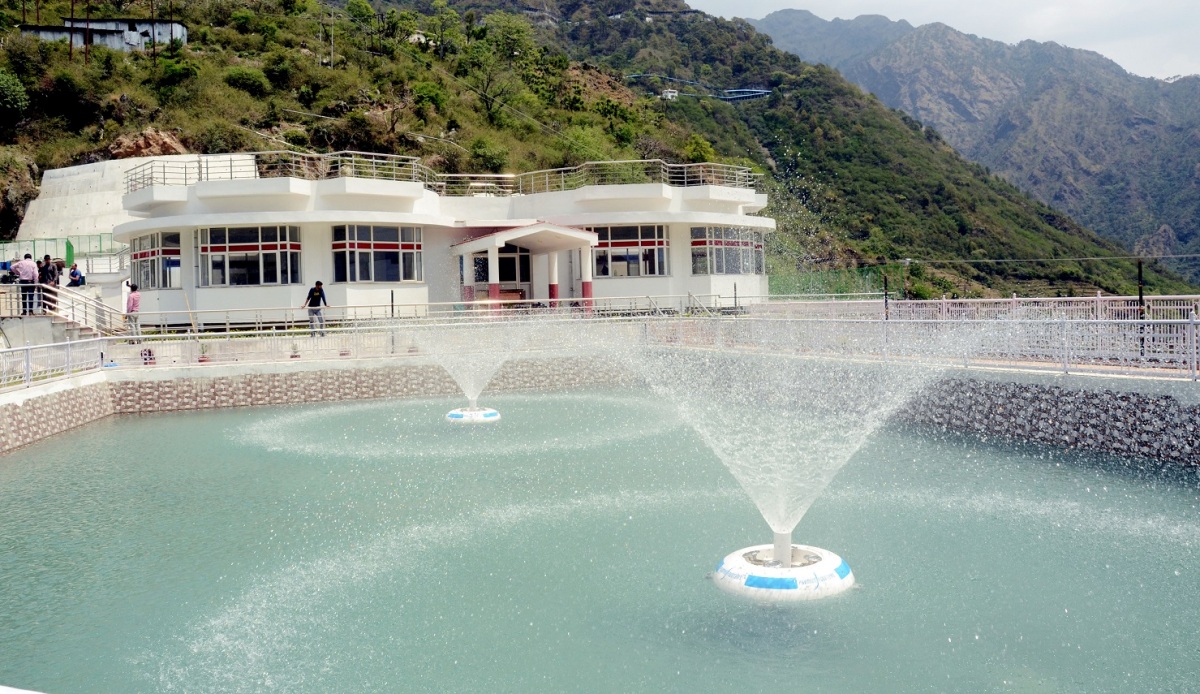
Tarakote Marg is a scenic stretch on the way to Vaishno Devi, renowned for its natural beauty and lush surroundings. The trail takes pilgrims through dense forests and picturesque landscapes. Many believe that the goddess herself traversed this path while eluding Bhairon Nath. Pilgrims often revel in the tranquility of Tarakote Marg, using the journey to reflect on their spiritual quest. The route provides a unique blend of adventure and serenity, enhancing the overall pilgrimage experience.
Travel Tips
Accommodations and Facilities
For the convenience of pilgrims, various accommodation options are available near Vaishno Devi. From budget-friendly lodges to more luxurious hotels, there’s something for every traveler. Additionally, facilities such as medical aid and refreshment points ensure a comfortable pilgrimage.
Local Cuisine
No visit is complete without indulging in the local cuisine. The region offers a variety of mouth-watering dishes, from traditional Indian fare to local specialties. Trying these delicacies adds a gastronomic dimension to the overall experience.
Festivals Celebrated at Vaishno Devi
Vaishno Devi is not only a destination for routine pilgrimages but also hosts vibrant festivals. These celebrations, marked by religious ceremonies and cultural events, provide a unique insight into the local traditions.
Dos and Don’ts for Pilgrims
To ensure a respectful and harmonious pilgrimage, there are certain guidelines to follow. Pilgrims are encouraged to be mindful of their surroundings, show respect to fellow devotees, and adhere to the cultural norms of the region.
Safety Measures During the Trek
As the trek involves varying terrains and altitudes, pilgrims need to prioritize safety. Staying hydrated, wearing appropriate footwear, and acclimatizing to the altitude are crucial considerations for a secure journey.
Cultural Insights
Interacting with local communities enhances the cultural experience. Engaging with the residents provides pilgrims with a deeper understanding of the traditions and customs that have been passed down through generations.
Best Time to Visit
While Vaishno Devi is accessible throughout the year, certain months offer more favorable weather conditions. Planning a visit during the spring or autumn months ensures a more pleasant and comfortable pilgrimage.
How to Reach Vaishno Devi
For those planning a visit, understanding the transportation options is vital. The nearest airports and railway stations, along with details on road connectivity, make it easier for pilgrims to plan their journey.
Conclusion
In conclusion, a pilgrimage to Vaishno Devi is a holistic experience, encompassing spirituality, natural beauty, and cultural immersion. The blend of religious fervor and scenic landscapes makes it a must-visit destination for those seeking a profound connection with divinity.
FAQs
Q: Is the trek to Vaishno Devi suitable for all age groups?
A: While the trek is challenging, people of varying age groups undertake it. It’s advisable to assess one’s physical fitness before embarking on the journey.
Q: Are there any restrictions on photography inside the Holy Cave?
A: Yes, photography is generally not allowed inside the Holy Cave to maintain the sanctity of the space.
Q: What is the significance of the Trikuta Mountains in Vaishno Devi’s mythology?
A: The Trikuta Mountains are believed to be the abode of the goddess, and the trek symbolizes the journey to her divine presence.
Q: Can I visit Vaishno Devi during the monsoon season?
A: While the pilgrimage is open, the monsoon season brings heavy rainfall, making the trek more challenging. It’s recommended to check weather conditions before planning a visit.
Q: Are there guided tours available for Vaishno Devi?
A: Yes, many tour operators offer guided tours that include transportation, accommodation, and assistance during the pilgrimage.
